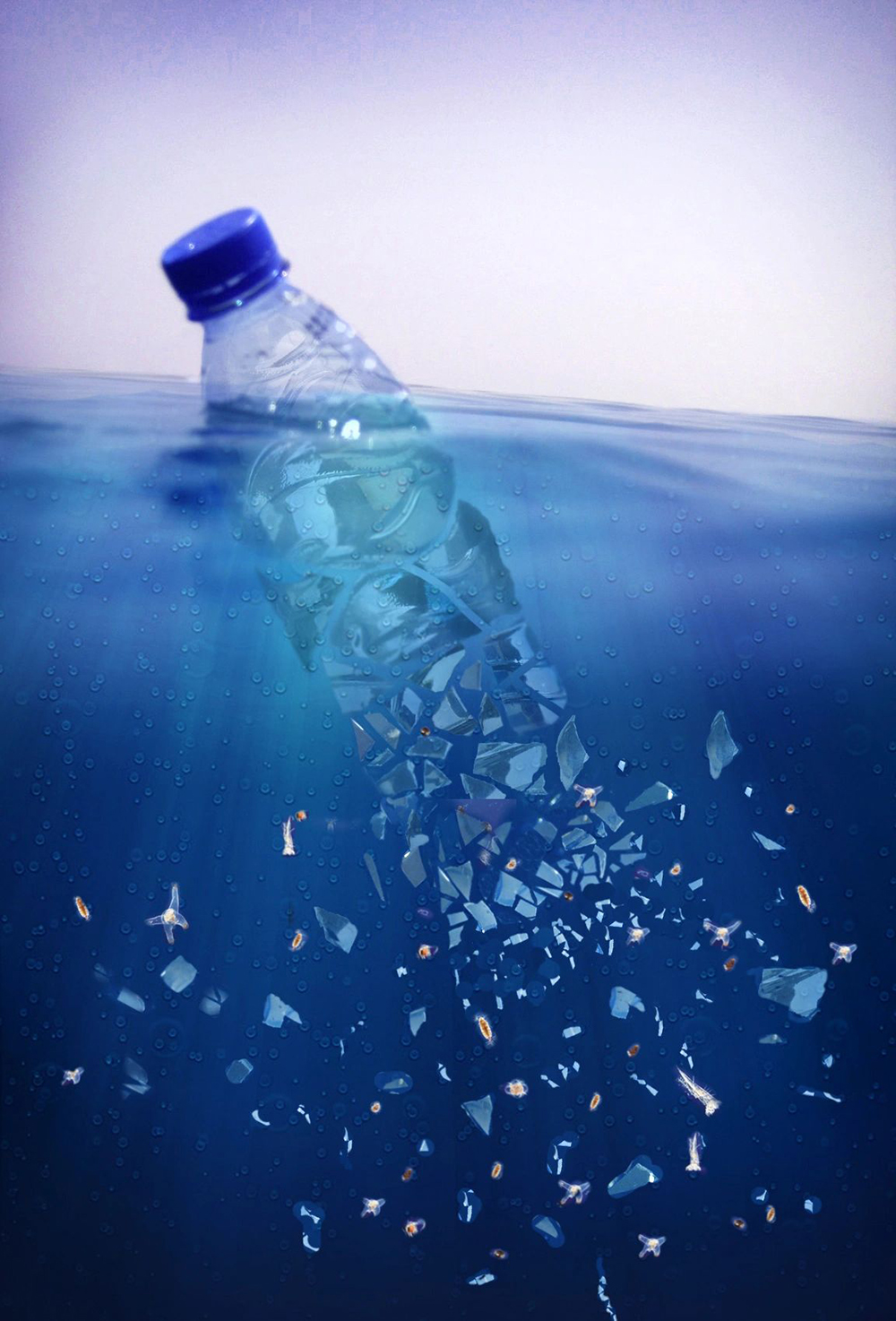By Sophie Nieo-Munoz
Microplastics can be found virtually anywhere, from the bristles of a toothbrush to packaged food, and experts who study the harmful effects plastic has on people’s bodies want lawmakers to consider legislation to mitigate their spread.
Professors from around the country testified about their concerns over harmful plastic chemicals accumulating in the environment at a joint hearing of the Senate and Assembly environment committees timed for Earth Day.
Phoebe Stapleton, professor at Rutgers University’s Ernest Mario School of Pharmacy, said humans are so exposed to these microscopic plastics through skin, inhalation, and ingestion that studies have found evidence of plastic in people’s organs, blood, breast milk, tissue, and placentas.
Only about 10 percent of plastic waste in America is recycled, according to the National Academies of Sciences, Engineering and Medicine. Between 1950 and 2017, 9.2 billion tons of plastics have been produced.
Plastic takes centuries to break down, so it remains in the environment as microplastics, which are less than 5 millimeters, or nanoplastics, which are so small they cannot be detected with the naked eye. These tiny bits of plastic have been found across all continents, landscapes, and locations, Stapleton said. It’s estimated that 590 million tons of plastic will be produced annually by 2050, up from the estimated 400 million tons produced in 2022. She noted scientists “do not yet understand how, if, or when they may be eliminated from our bodies.” She said federal and state support is “paramount to unravel the human health concerns” that will likely arise from plastic exposure.

Shanna Swan, an environmental and reproductive epidemiologist at the Icahn School of Medicine in Mount Sinai, cited a link between the creation of plastic and dramatically declining fertility rates and sperm counts. She said she measured sperm counts in different environments and saw major differences in places with greater exposure to microplastics and pesticides. She wondered why lawmakers aren’t more alarmed about global fertility rates declining an average of 50 percent over 50 years.
Microplastics are also disrupting men’s testicle size and women’s hormones, she said. And this isn’t just evident in humans, but across all species, she added. She believes there’s a link between the increasing number of endangered species and microplastics disturbing the environment.
Almost everyone is familiar with the phrase “reduce, reuse, recycle,” but there’s little being done on the reduction and reusing side, and recycling alone isn’t going to fix the problem, said Judith Enck, a former U.S. Environmental Protection Agency administrator.
And while lawmakers didn’t discuss any specific legislation — the hearing was only for discussion from the invited panelists — Enck suggested several proposals for lawmakers to weigh.
One of her recommendations is to pass laws to reduce packaging by 50 percent in the next decade. She pointed to Amazon packaging with unnecessary bubble wrap, and said taxpayers foot the bill for all this waste to be trashed. In states like Maine and California and countries like Japan and Germany with packaging reduction laws, people receive less plastic packaging, she said.
“Companies can innovate when legislative bodies tell them the rules of the road,” she said.
She urged lawmakers not to believe lobbyists for plastic companies who say plastic can be easily recycled. She warned against chemical recycling — a process that breaks down used plastics into raw materials that can be reused as chemicals, producing air pollution — saying it’s “absolutely not the answer.”
A plastic advisory council will present a report to the Legislature with recommendations, like avoiding buying single-use plastics for schools and other government facilities and creating a waste reduction steering committee. At least 10 states have deposit-refund systems for beverage containers. The recycling rate for plastic bottles is 37 percent in New Jersey, compared to 17 percent in states without these programs, Enck said.
“The plastics industry knows the walls are closing in, and so they’re promoting bills that don’t really get the job done.”










